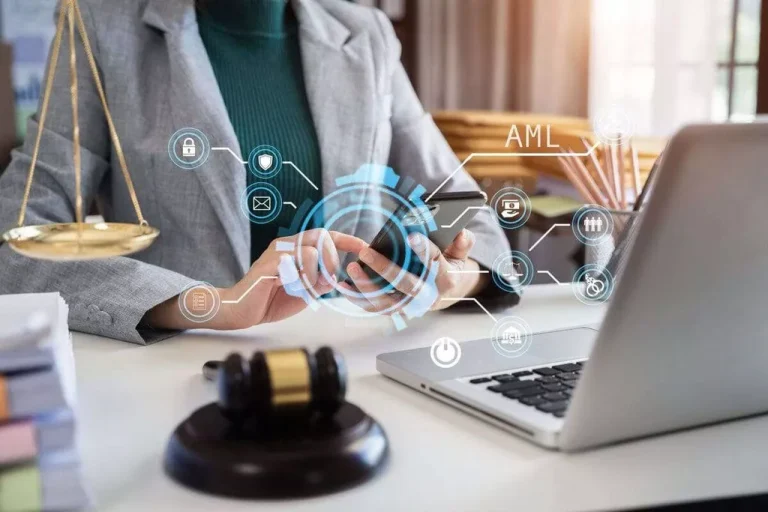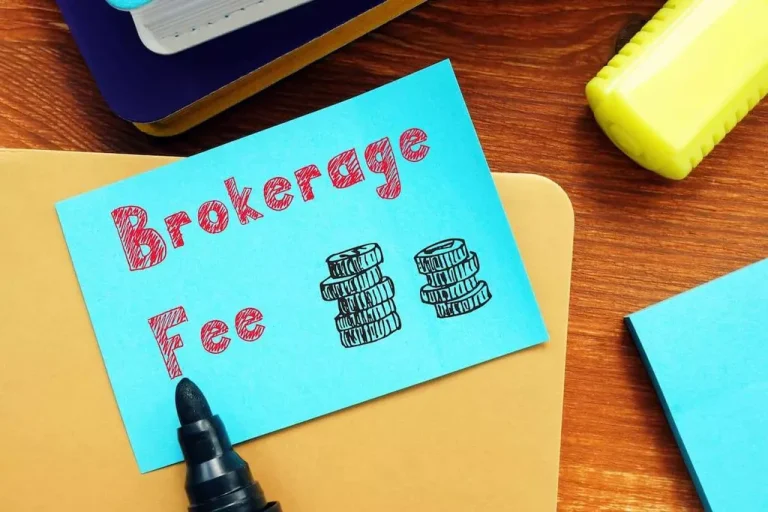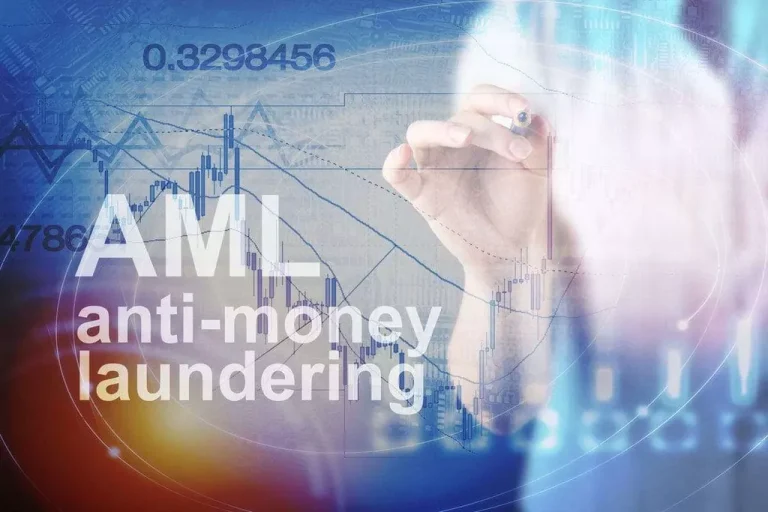It is the DMA controller, nevertheless, that takes management of the bus when the central arbitration management level grants the DMA slave’s request. DMA is utilized by many forms of hardware which have their own knowledge processing capabilities. For instance, a GPU rendering a 3D scene in a recreation uses DMA to load textures instantly from system reminiscence, leaving the CPU free to calculate physics and AI instead. With Out DMA, the CPU needs to be involved in each read-and-write motion, occupying processing assets that might be used for different duties. Storage controllers, sound playing cards, and network interface cards also use DMA throughout knowledge transfers. Direct Memory Entry (DMA) is a method used in computer systems and different electronic gadgets to allow peripherals (like onerous drives, community cards, and sound cards) to speak immediately with the main memory (RAM) without involving the CPU.
Without DMA, when the CPU is utilizing programmed input/output, it is usually fully occupied for the complete length of the read or write operation, and is thus unavailable to carry out other work. With DMA, the CPU first initiates the switch, then it does different operations whereas the transfer is in progress, and it lastly receives an interrupt from the DMA controller (DMAC) when the operation is done. This feature is beneficial at any time that the CPU can’t keep up with the speed of data switch, or when the CPU needs to perform work while ready for a relatively sluggish I/O data switch. DMA Controller is a sort of management unit that works as an interface for the information bus and the I/O Devices. As mentioned, DMA Controller has the work of transferring the information without the intervention of the processors, processors can control the data switch.
In modern computers, each DMA-compatible device contains an built-in DMA engine liable for coordinating with other units and managing data transfers over the PCI Specific bus. Unlike single-ended DMA, the place just one device initiates transfers, and dual-ended DMA, the place two gadgets can entry reminiscence independently, arbitrated-ended DMA introduces arbitration logic for efficient useful resource allocation. It permits a quantity of gadgets to share the bus with out inflicting conflicts or delays in data switch.
When BG (bus grant) input is 0, the CPU can communicate with DMA registers. When BG (bus grant) enter is 1, the CPU has relinquished the buses and DMA can talk directly with the reminiscence. DMA moves information quick and with out utilizing CPU energy, releasing up CPU assets for other duties.
Single-ended DMA is a type of direct reminiscence entry where data switch occurs in one course solely, from the peripheral device to reminiscence or vice versa. In this mode, the info strikes alongside a single path without needing bidirectional communication. This simplifies the method and reduces the complexity of managing knowledge transfers. Since the SPE’s load/store directions can read/write solely its own local reminiscence, an SPE entirely is determined by DMAs to transfer information to and from the principle memory and local recollections of other SPEs.
We have two different methods of knowledge transfer, programmed I/O and Interrupt pushed I/O. Direct Reminiscence Access (DMA) is vital for IT infrastructure because it turbocharges data switch effectivity by freeing up the CPU from handling each byte change. Think of it as a traffic controller rerouting data directly between devices and reminiscence lanes, bypassing CPU traffic jams.

Right Here, the processor doesn’t maintain scanning for peripherals prepared for knowledge switch. Once the info switch is full, the DMA controller releases control of the system bus. This step is essential as it permits different gadgets to entry the bus for their very own operations with none interference from the DMA course of.
In the old days, generally the processor wasn’t quick enough to learn a fast stream, but today it’s doubtless that the processor is super fast. Usually, when a block switch completes, the CPU will get a single interrupt so it might possibly course of the incoming data or queue up more data to send to the system. In order to make a profitable data switch, DMA should share the bus (data and address) with the CPU. Now let’s assume we’re about to transfer knowledge from an I/O gadget to reminiscence.
How To Enable Direct Memory Access?
Thus the DMA acts as a primary means of information switch among cores inside this CPU (in contrast to cache-coherent CMP architectures similar to Intel’s cancelled general-purpose GPU, Larrabee). It has the work of transferring the information between enter, output units and primary memory with very much less interaction with the processor. The Direct Reminiscence Entry Controller is a management unit, which has the work of transferring knowledge. Normal Direct Memory Entry (also called third-party DMA) adopts a DMA controller. The DMA controller can produce reminiscence addresses and launch memory read or write cycles.

The clear mode takes the longest time to transfer data blocks, however additionally it is the most efficient mode in phrases of overall system efficiency. In clear mode, the Direct Reminiscence Access controller transfers data only when the CPU performs operations that don’t use the system buses. Direct Memory Entry can be abbreviated to DMA, which is a feature of computer methods. It allows input/output (I/O) devices to entry the principle system memory (random-access memory), impartial of the central processing unit (CPU), which accelerates memory operations. DMA works by having a dedicated DMA controller that manages the data transfers between reminiscence https://www.xcritical.com/ and the various devices that need to entry it.
An older processor is probably going to use block mode the place the processor simply stalls while the reminiscence is in use. That is smart as a end result of the I/O device might be sooner than the CPU anyway so the loss when it comes to executed directions might be small. As the name implies, DMA is the flexibility for an I/O gadget to switch data on to or from memory.
- DMA strikes information quick and with out using CPU power, freeing up CPU sources for other tasks.
- Knowledge applications like backup processes, network communications, and graphic processing majorly use DMA in their high-speed switch of knowledge functions.
- The DMA controller directs information between units and system memory, making the operation between the 2 devices appear to be a single operation.
- Direct Memory Entry (DMA) transfers the block of data between the memory and peripheral devices of the system, without the participation of the processor.
Step 5: Memory Entry
DMA reduces the overhead involved in knowledge transfers, freeing up the CPU to continue processing other operations as an alternative. By allowing units to send and obtain information concurrently, dual-ended DMA improves general system performance by minimizing idle time throughout data exchanges. This leads to faster response times for input/output operations and higher utilization of system sources. By utilizing DMA, devices like network playing cards, graphics cards, gadget drivers, and storage controllers can instantly entry reminiscence areas with out fixed intervention from the processor. This streamlined process accelerates knowledge movement and reduces latency in data change inside the system.

It kicks off the information transfer operation between devices with out involving the CPU continually. When a device must ship or receive knowledge from memory, it initiates a DMA request. By interleaving knowledge transfers, this method optimizes general system efficiency by minimizing idle instances and maximizing throughput.

The controller is built-in into the processor board and manages all DMA information transfers. Transferring data between system reminiscence and an 110 system Know your customer (KYC) requires two steps. Knowledge goes from the sending gadget to the DMA controller after which to the receiving device. The microprocessor offers the DMA controller the situation, vacation spot, and quantity of knowledge that’s to be transferred.
Then the DMA controller transfers the info, allowing the microprocessor to continue with different processing duties. When a tool wants to make use of the Micro Channel bus to send or receive data, it competes with all the opposite gadgets that are making an attempt to realize control of the bus. The DMA controller doesn’t arbitrate for management of the BUS as an alternative; the I/O system that is sending or receiving information (the DMA slave) participates in arbitration.
